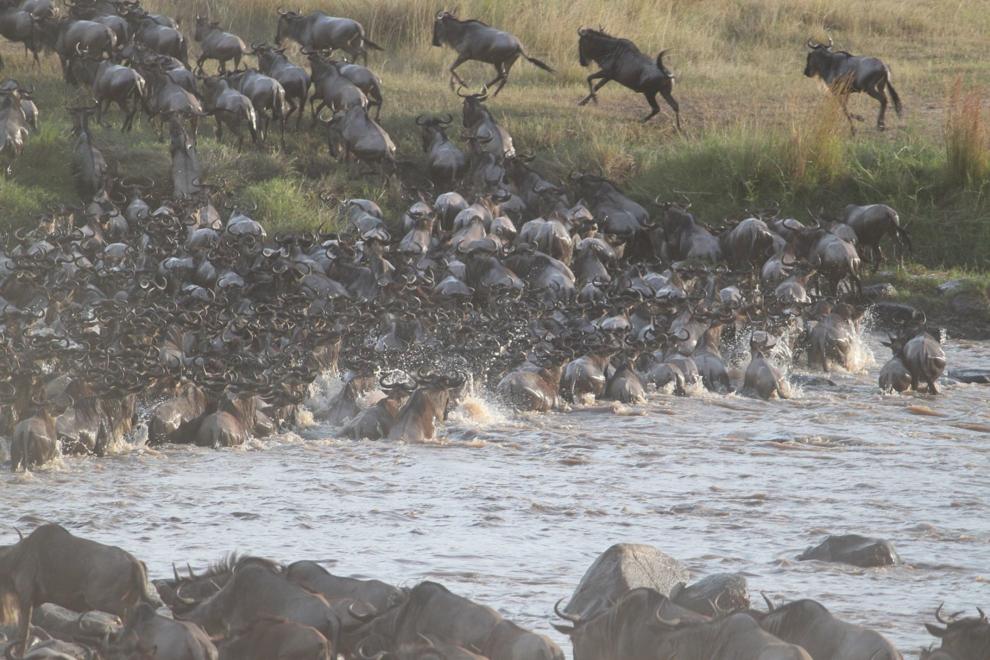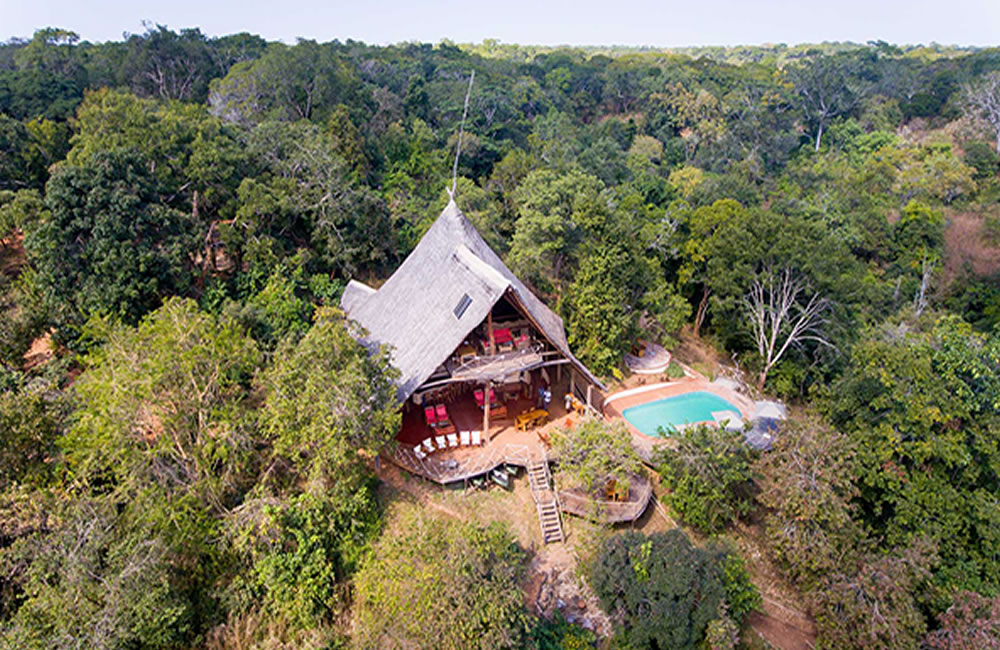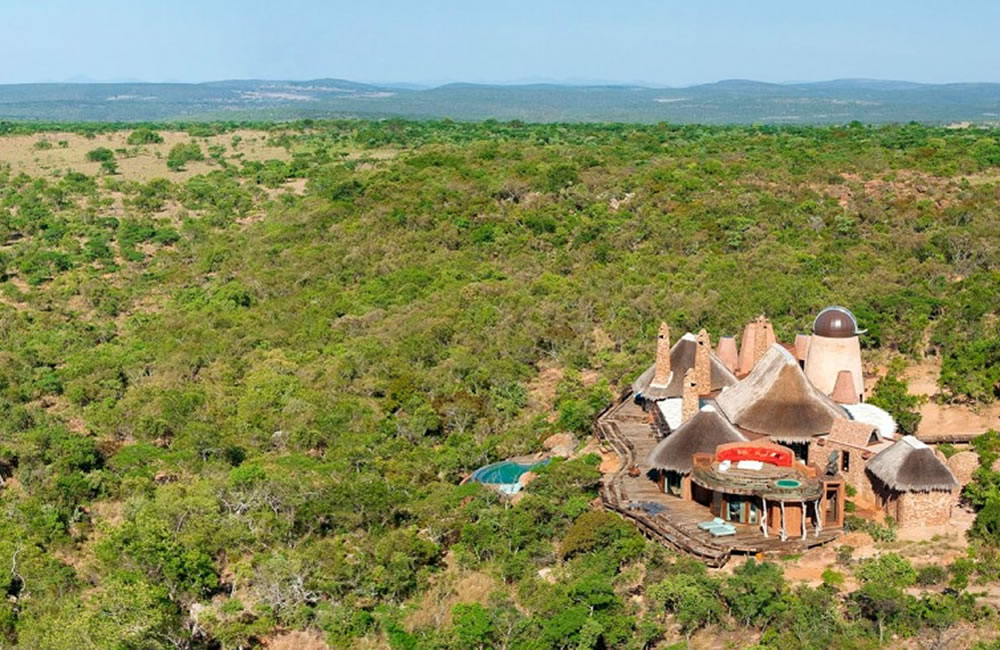It’s a Win-Win: Make Space for the Great Migration
Well now here’s a win-win for all: Donate over $5,000 and automatically be entered into a raffle draw for a 6 night safari in Mara North Conservancy!
Dear Friends,
I know that you often get asked for donations for one worthy cause or another, but in this case I make no apology for doing so again. We need your help.
For over 30 years, the magical Maasai Mara has been a home from home for me, and the place where my passion for wildlife and its conservation was born. During this time I have personally guided many of you on breathtaking safaris to see the Maasai Mara and its great migration over the vast rolling plains dotted with hundreds of thousands of animals.
My mentor was Dr David Western, former Director of the Kenya Wildlife Service and Founder of ACC (African Conservation Centre), who taught me that wildlife, in order for it to succeed, must be able to earn their place on Earth and that local communities, who share grazing space with these wild animals, must also benefit from them in the simplest form of the “tourist dollar”.
I joined the board of ACC in 2002. I am a founder member and Chairman of the Mara North Conservancy and three years ago was asked to join the board of the “Northern Rangelands Trust“, another wonderful conservation success story, having established 27 separate conservancies in Northern Kenya.
Those of you who have not personally experienced the wonders of the Maasai Mara’s annual migration of wildebeest, zebra and gazelle may at least have experienced it on television and film, as the migration moves from the Serengeti in Tanzania to the Maasai Mara Reserve in Kenya before heading off into the neighboring community and private lands.
However, the future of Africa’s greatest migration and the Maasai Mara ecosystem that supports it, is increasingly under threat. Populations of the Mara’s resident wildebeest which take refuge in the community and private lands, have already suffered a dramatic decline in the last 10 years.
Scientists have linked this dramatic decline to the rapid increase in the break-up of community ranch land into smaller privately owned parcels, as well as to the expansion of local towns, the fencing of private plots, the grazing of livestock and the cultivation of land for agriculture. This has resulted in a huge reduction in the availability of grass and water, both essential for the survival of the great migration.
The great migration is also critically dependent on the Mara ecosystem for its annual dry season grazing – each year the animals travel 1,500km, seeking grazing in Kenya during the dry season of Tanzania. They have roamed free for centuries, but now with the pressures and degradation of the land, all this could end. If we don’t manage the development and keep space for the great migration to continue moving freely, then all that we have achieved these past years will be lost.
This is why in 2009, we set up the Mara North Conservancy.
Our activities were endorsed in 2013 when the United Nations Environment Program acknowledged the importance of action, stating, “Urgent efforts need to be made to protect wildebeest migratory corridors and dispersal areas to ensure these great migrations for the future“.
As the Founder and Chairman of Mara North Conservancy (MNC), I am writing to you to ask for your urgent help. Please donate generously to MNC today, so we can protect the vital wildlife habitat of Mara North Conservancy for the great migration. Your gift of US$ 100, US$ 1,000 or US$ 5,000 can make all the difference. In total we are seeking to raise US$355,000 to help the Mara North Conservancy in keeping space for the Great Migration.
Historically, tourism provided much of the funding for the Mara conservancies to manage and protect the community and private lands surrounding the Maasai Mara National Reserve. With the tourism crisis our ability to pay and cover all the costs is seriously challenged. And if the conservancies go, the jobs disappear, the land lease payments stop and we say goodbye to the remaining resident wildebeest migration as well as the livelihoods of tens of thousands of people of the Maasai community. Now MNC is partnering with 736 Maasai landowners to lease 61,099 acres (24,726 hectares) of vital wildlife habitat, providing many benefits to the owners of the land, including guaranteed monthly rental income (amount for lease), an income for over 5,000 Maasai family members, employment for over 450 Kenyans – 60% of which are from the local area – as well as generating well over US$ 1 million in charitable support for the local schools and clinics these past years.
Your donation to MNC will mean that we can continue to operate the Conservancy, through funding essential equipment such as patrol vehicles, anti-poaching vehicles, tractors, digital VHF radios, ranger bases, and increasing much-needed boots on the ground plus securing vital habitat by registering leases for conservation. With these key requirements, we can carry out wildlife protection and monitoring patrols and be much better able to work with communities to keep the area open for wildlife through the management of local towns, fencing and livestock grazing – the greatest threats to the great migration of Africa.
We are also well aware that further loss of wildlife and their habitat of the Maasai Mara could jeopardise other key tourism destinations in Kenya and the rest of East Africa.
Please consider making your most generous gift to Mara North Conservancy. Not only in honour of your personal experience and involvement in the Maasai Mara and your love for Africa, but also to enable your family and friends to visit the Mara in years and generations to come.
Any donation will help protect the greatest mammal migration on the planet.
Never before have had we needed your help like we do now.
Thank you so much for your attention and much required generosity.
Thank you my friends,
Stefano Cheli
Chairman, Mara North Conservancy





